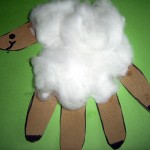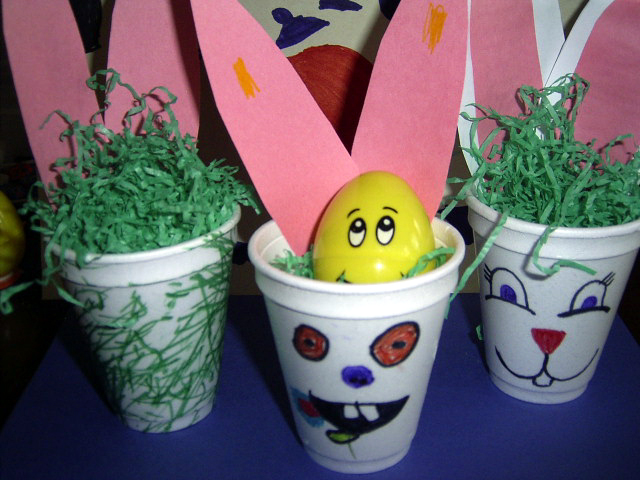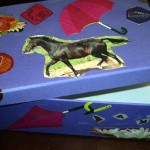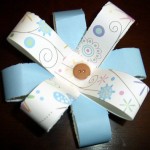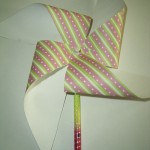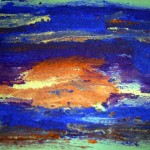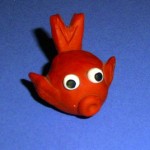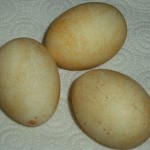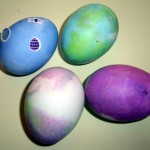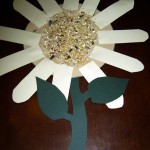
Spring is literally right around the corner. And, I thought since Spring is almost here that we could make a beautiful sunflower full of seeds to hang up in your house to get you in the Spring spirit. If you are feeling a bit of the early spring blah’s, or simply want an easy craft to do with your children, then this is the perfect craft for you. The finished sunflower was made by a 4 year old so this is an excellent preschool craft. So, grab the materials needed and let’s get this fun Spring craft started.
